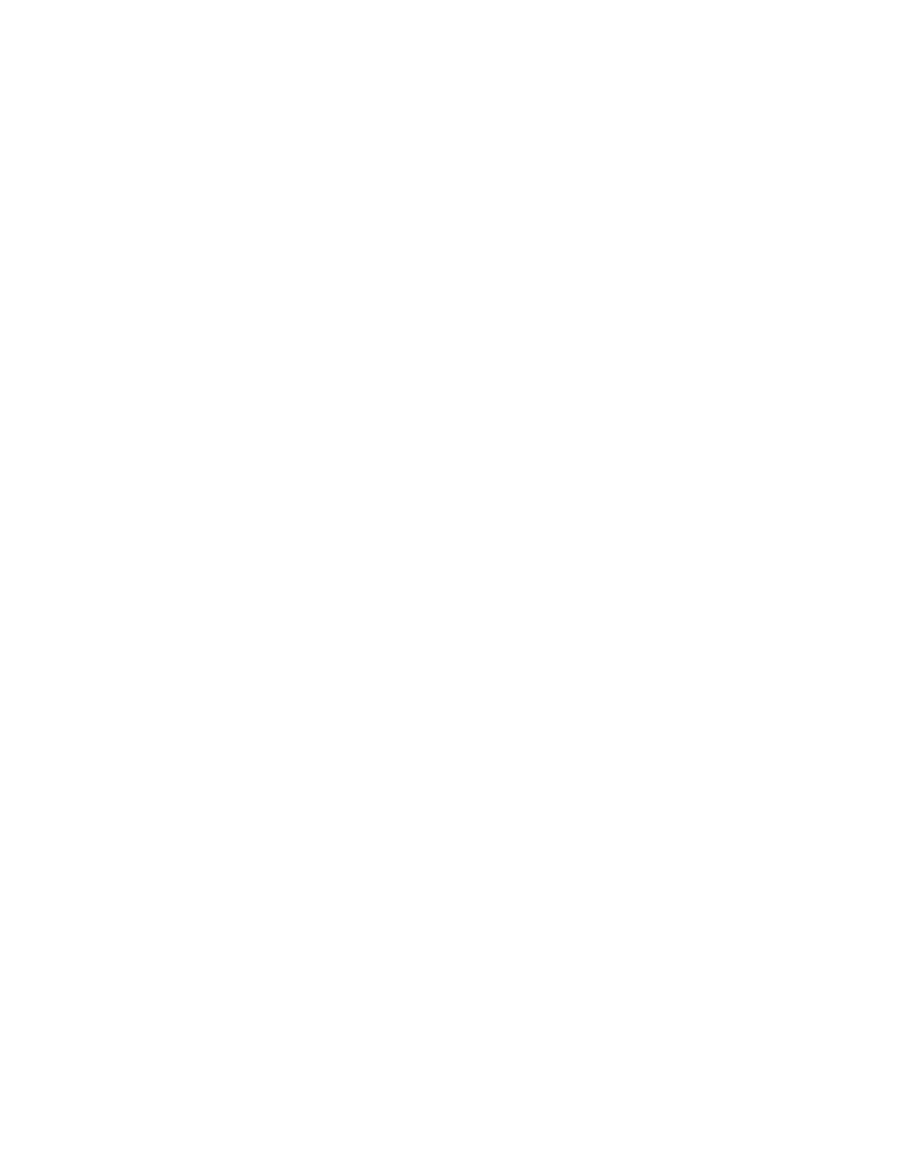 |
|||
|
|
|||
|
|
|||
| ||||||||||
|
|
 and
Bushing-type
Bushings,
Liners,
h.
c. C a s t i n g s .
Bearings.
(1) Inspect all ferrous (cast iron, steel, etc.)
(1) Check all bushings, liners, and bushing-
castings for cracks with magnetic-particle in-
spection e q u i p m e n t . I n s p e c t a l l n o n f e r r o u s
type bearings for secure fit in their respective
for cracks using
casting
or
mating
part,
and
for
evidence
of
castings)
(aluminum
inspection
flourescent-penetrant
equipment.
heating, which may be indicated by discoloration
of bushing or bearing surface.
Suspected cracks in the nonferrous casting can
also be inspected with a spot check dye penetrate
(2) Inspect for wear, burs, nicks or out-of-
round condition.
or a magnifying glass (five power magnification
minimum)
and
a
strong
light
or
a
dye
check
(3) Check for dirt in lubrication holes or
grooves. Holes and grooves must be clean and
method. Check particularly the areas adjacent to
free from damage to insure proper lubrication.
studs,
pipe
plugs,
or
threaded
inserts
and
in
(4) Inspect thrust faces of bushing-type
sharp
corners
and
fillets.
bearings for wear and by temporarily assembling
(2) Inspect machined surfaces of castings
mating parts and checking end play with a feeler
for nicks, burs, or raised metal. Mark damaged
gage inserted between the thrust faces.
areas
for
repair.
(5) Check for conformance to the applicable
(3) Check all mating flanges and
mounting
overhaul standards.
pads with a straight edge or surface
plate for
i. Oil Seals. All oil seals must be replaced at
warpage. Inspect mating flanges and
mounting
engine overhaul. Generally, metal encased oil
pads for discoloration which may
indicate
seals are long-life parts and do not have to be
persistent oil leakage.
replaced
during
field
repair
if
inspection
in-
(4) Inspect all tapped openings for stripped
dicates seals are in good condition.
or
damaged threads.
(1) Inspect for damage to the thin feather
(5) Check all castings for conformance to
the applicable repair and rebuild standards.
edge of oil seal which contacts rotating part.
d. Ball and Needle Bearings. Refer to TM 9-
(2) Inspect sealing feather edge for softness
214 for inspection of anti friction bearings.
and
pliability.
Check all bearings for conformance to the ap-
(3) Replace damaged or
questionable
seals
plicable overhaul standards.
during field engine repair.
e. Studs. Inspect all studs for damaged or
j. Helical-coil and Screw Thread Inserts.
(1) D e s c r i p t i o n . T o p e r m i t h i g h e r s t r e s s e s
stripped threads, bent or loose condition, or for
any signs of stretching.
on studs and bolts which are set in aluminum
Inspect dowel pins for
f. Dowel Pins.
castings, it is common practice to install insets of
looseness or damage. Mark loose pins for repair.
a stronger metal into which the studs or bolts are
g. G e a r s a n d S h a f t s .
threaded. Helical-coil and screw thread inserts
Note. There are no established wear limits for
are designed to perform this function. The in-
gear teeth and splines. Good judgment is
serts are spiral steel coils having a right hand
required to determine need for replacement.
thread-shaped form on the inside and on the
outside of the coils. A bar or tang at the bottom
(1) Inspect all gears and shafts for cracks
using magnaflux equipment. When magnaflux
end of the coil, which is engaged by an inserting
equipment is not available, use a magnifying
tool, is used for threading the insert into the
glass (five power magnification minimum) and a
casting.
Some
inserts
have
a
serrated
tooth
strong light.
s e c t i o n at the top end of the coil to stake them in
place in the castings. Other inserts have turns at
(2) Inspect all gear teeth and splines for
wear, sharp fins, burs, and galled or pitted
the center of the coil in the form of a hexagon.
surfaces.
This provides a locking effect when the stud or
bolt is threaded into the insert.
(3) Inspect shaft and gear hub splines for
damage, wear, and for fit with splines on mating
(2) Inspection. Inspect all helical-coil
and
screw thread inserts for secure fit in the casting
parts. Mating splines
must
match
without
binding or looseness.
and for galled or stripped threads.
Straighten
parts
as
Painted
Parts.
k.
(4) Check all gears and shafts for con-
formance to the applicable overhaul standards.
6-4
|
|
Privacy Statement - Press Release - Copyright Information. - Contact Us |